When Kriemhild, thirsty for revenge, marries to Etzel, king of the Huns, she invites King Gunther and his court to visit them, intending to finally take the life of the man responsible of her disgrace.
Related Movies

The Magician (1926)
A young woman, Margaret Dauncey, is caught between the forces of a charlatan magician, Oliver Haddo, whom she is unable to resist, and the love of a handsome surgeon, Arthur Burdon, who has saved her from being a helpless cripple by performing a delicate operation on her spine.
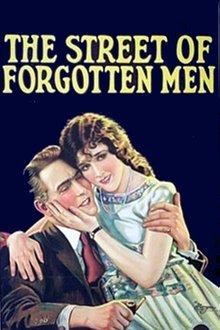
The Street of Forgotten Men (1925)
Easy-Money Charley, the best fake crippled beggar in New York, loses his beloved dog and adopts a dying prostitute's daughter to fill the empty place in his heart. But his fellow crooks and dissemblers mock him for sentimentality, and he disowns the child in order to bring her up secretly in the safety of a distant suburb. He brings her up as a young lady in ignorance of her true history or of his; but when he discovers that her affections have taken an unexpected slant, it brings about an end to their tranquil life, a crisis of conscience, and an opportunity for the sinister 'White-Eye' to take a hand...
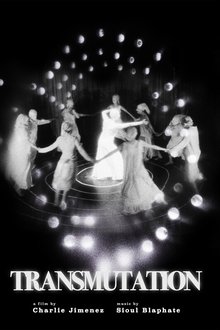
Transmutation (NaN)
A spiral of dreams and ages unravel as two celestial characters awaken and transmutate into a mythological being.
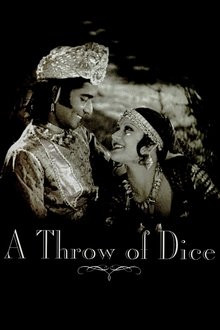
A Throw of Dice (1929)
Two neighboring kings addicted to gambling, Ranjit and his cousin Sohat, vie for the same beautiful young woman, Sunita, daughter of the hermit Kanwa.
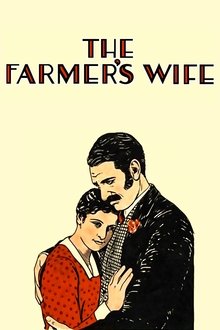
The Farmer's Wife (1928)
Successful middle-aged farmer Samuel Sweetland becomes widowed, then his daughter marries and leaves home. Deciding he wishes to remarry, Sweetland pursues some local women he considers prospects.

Pälsen (1966)
Doctor Henck is having bad day, and borrows a fur from a friend. It gives him new confidence, and his day immediately gets better. Hjalmar Söderberg's rejected 1911 movie script, filmed in 1966 for TV as a silent film with a piano soundtrack, to match the time in which it was written for.

Champagne (1928)
A spoiled heiress defies her millionaire father by running off to France to pursue her lover. Things don't go entirely as planned.
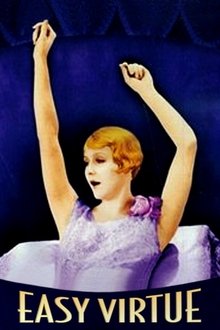
Easy Virtue (1928)
Unjustly accused of adultery in a scandalous divorce, Larita Filton flees to the French Riviera. She soon falls in love with a young Englishman, John Whittaker, and begins anew under an assumed name. But when John brings her home to his disapproving family, Larita’s past begins to resurface.
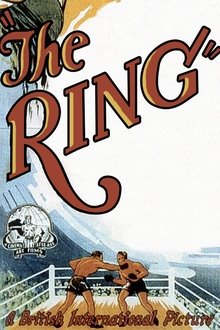
The Ring (1927)
Both Jack Sander and Bob Corby are boxers in love with Mabel. Jack and Mabel wed, but their marriage is flat. The young wife looks to Bob for comfort.
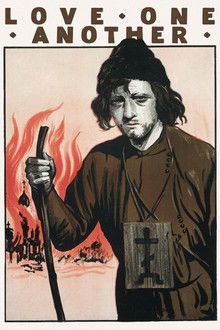
Love One Another (1922)
A look at various lives, one of which is Jewish girl Hanne Liebe, as she grows up and experiences the pains of living as a Jew in Russia, leading to a revolution.

Pumpkinhead II: Blood Wings (1995)
Thrill-seeking teenagers resurrect a demon from his grave and a bloody rampage for revenge begins.
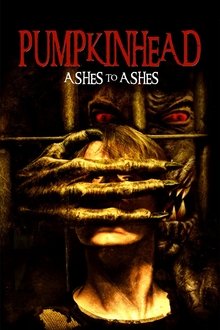
Pumpkinhead: Ashes to Ashes (2006)
He threw their loved ones into a swamp. Now they want revenge... But when a demon does their dirty work, it comes at a price.
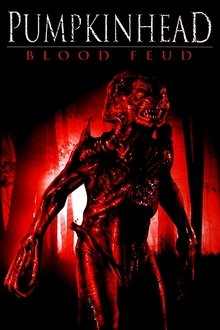
Pumpkinhead: Blood Feud (2007)
During a bitter family feud, Jodie Hatfield, and her boyfriend Ricky McCoy, decide to leave town to avoid being found out, but are soon caught in the act. Wanting vengeance, he seeks out the monster Pumpkinhead, and resurrects it seek revenge on the family. Despite being warned away by the ghost of Ed Harley, his vengeance plan starts out, and the Hatfield family is soon under siege by the powerful demon. Not accepting the legend of the creature and believing their arch-rivals are the real cause, the two families attempt to go to war, only to be stopped when Pumpkinhead attacks the Hatfield house. Putting aside their differences, they band together to stave off the creature before it's vengeance pact is completed.
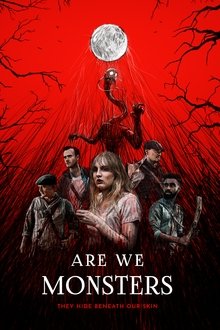
Are We Monsters (2021)
A werewolf conflicted with identity, Maya seeks to understand the two sides of herself- before the consequences become deadly.
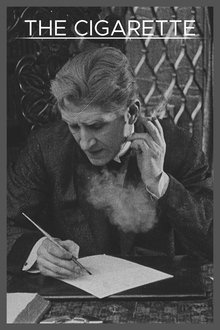
The Cigarette (1919)
A Parisian museum director believes his wife is cheating on him and so places a poisoned cigarette in the box on his desk, thus allowing chance to decide the moment of his death.
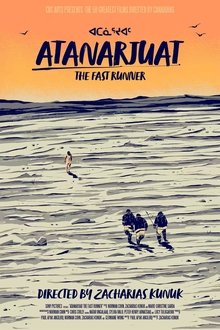
Atanarjuat: The Fast Runner (2002)
Based on a local legend and set in an unknown era, it deals with universal themes of love, possessiveness, family, jealousy and power. Beautifully shot, and acted by Inuit people, it portrays a time when people fought duels by taking turns to punch each other until one was unconscious, made love on the way to the caribou hunt, ate walrus meat and lit their igloos with seal-oil lamps.
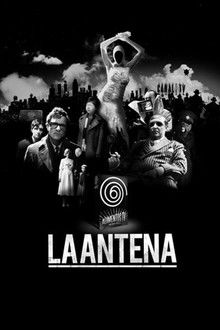
The Aerial (2007)
An entire city has lost its voice. Mr. TV, the owner of the city's only television channel, is carrying out a sinister plan to control all of the city's inhabitants.
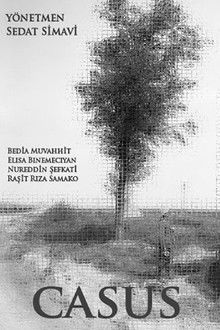
The Spy (1917)
Considered as the one of the first feature-length Turkish movies produced during the reign of the Ottoman Empire, Casus is about a spying adventure which took place in the First World War. The copy of the movie did not survive to the present day.
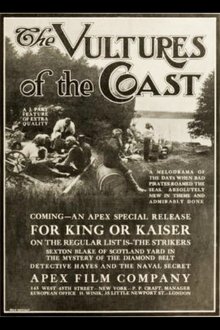
The Sea Vultures (1916)
Two smugglers meet two customs officers at sea, and happen to kill them. The story continues fifteen years later when a son of one of the officers and a smuggler's daughter fall in love with each other.
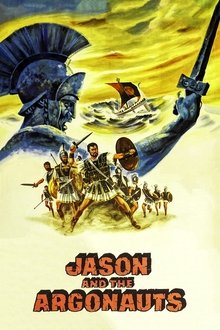
Jason and the Argonauts (1963)
Jason, a fearless sailor and explorer, returns to his home land of Thessaly after a long voyage to claim his rightful throne. He learns, however, that he must first find the magical Golden Fleece. To do so, he must embark on an epic quest fraught with fantastic monsters and terrible perils.